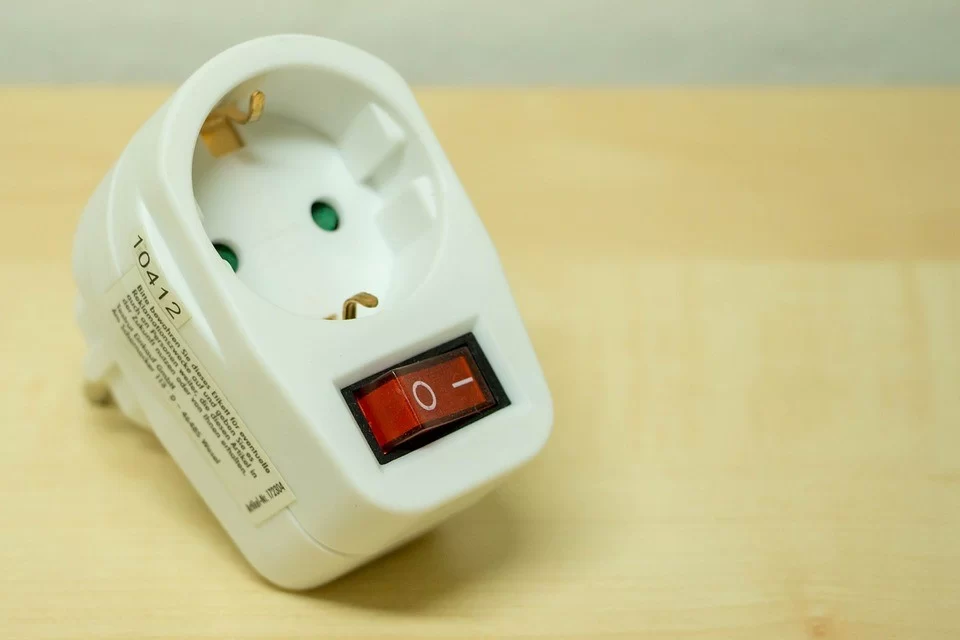The power switching supply is a vital part of many modern appliances. Its primary purpose is to transform the AC power from the wall outlet into the DC current used by the electronic device.
Power switching supplies come in many forms, each with its own set of pros and cons. The linear power supply is the most typical form of switching power supply.

In addition to being the most ubiquitous type of power supply for appliances in the home, it also happens to be the most fundamental.
To create DC, the linear power supply makes use of a transformer. The efficiency of the transformer is the primary factor in determining the efficiency of the power supply as a whole.
The alternative is the switch-mode power supply, which is a form of a power switch supply. Since computers and other electronic equipment rely heavily on efficiency, this form of power source is widely employed.
Programmable Power Supply
Modifiable direct current (DC) power is supplied to a load by a programmable power source. Any number of control inputs, including computer interfaces, can be used to set the desired voltage and current at the output.
Applications for programmable power supplies range from testing and prototyping to full-scale production.
Read Also:
- How to Locate a Damaged Circuit When Your House Suffers from Electricity Malfunction: Professionals’ Homework
- 5 Tell-Tale Signs That Your Home’s Electrical System Needs to Be Saved
- Benefits of a Regular Electrical System Maintenance for Your Home
- Why Should You Carry Out Regular Electrical Inspections?
Variable AC Power Supply
The term “variable AC power supply” refers to a device that can supply a load with a variety of AC voltages. Since a variable AC power supply’s output voltage may be varied over a broad range, it can be used for a wide variety of tasks.
Electronics manufacturing, automobile testing, and medical equipment are just a few of the many fields that make use of variable AC power sources. They find additional use in academic and research settings.
Using a flexible AC power source has many benefits. Their low price, adaptability, and user-friendliness make them a great option. And you may put them to use testing all sorts of gadgets and parts.
Unregulated Linear Power Supply
In contrast to regulated power supplies, which employ feedback to maintain a constant output voltage, uncontrolled linear power supplies have no such mechanism.
This means the output voltage is not stabilized and may likely change in response to variations in the input voltage or the load. When regulation is unnecessary, or voltage fluctuations are not mission-critical, unregulated linear power sources are a common choice.
Switch Mode Power Supply (SMPS)
An electronic power supply known as a switch mode power supply (SMPS) converts electricity with the help of a switching regulator.
Small-form-factor power supplies (SMPSs) are more compact and energy-efficient than traditional linear power supplies. They find widespread applications in mobile electronics and computers.
Uninterruptible Power Supply (UPS)
When the electricity from the mains fails, an uninterruptible power supply (UPS) kicks in to keep the load running.
However, unlike a backup generator, which might take several minutes to begin giving power, an uninterruptible power supply (UPS) can give power almost instantly from its stored energy in batteries, supercapacitors, or flywheels.
DC Power Supply
A direct current (DC) power supply is an apparatus that provides electrical energy to a load. A linear regulator controls the output voltage of the most common form of DC power supply, the linear power supply.
No matter the load current or the AC line voltage, a linear power supply will always produce the same output voltage.









